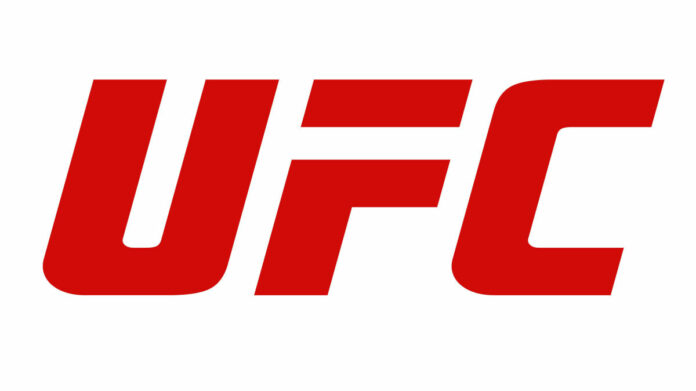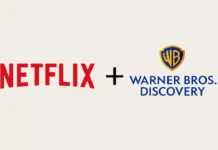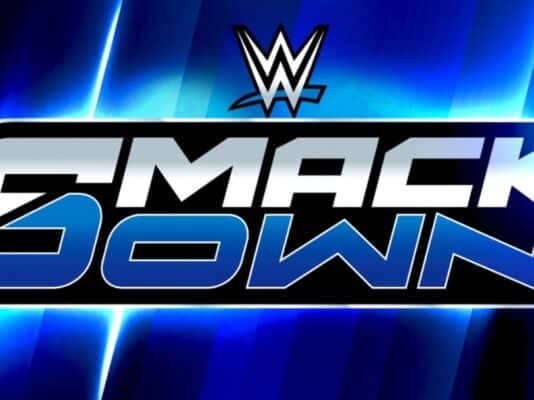
Just a week after the WWE announced a deal with ESPN, expanding the product’s reach to yet another platform when it was revealed that the monthly pay-per-views will be broadcast on the network’s new streaming platform at the at the start of next year, with the Wrestlepalooza event set to air on ESPN next month, the TKO corporation made a landmark announcement.
This time it was the UFC side of the corporation with the announcement that the MMA league will move its pay-per-views from the ESPN platform to Paramount+, the streaming service under the CBS banner. The massive $7.7 billion deal will give Paramount the rights to UFC content for the duration of a seven-year deal.The major difference and the game changer of the deal is that the UFC pay-per-views, one of the very few commodities that still sell on traditional pay-per-view with a traditional price tag in the modern era, will be included in the $7.99 per month subscription to the Paramount service at no extra charge, which will be completely different from the previously mentioned ESPN contract. Under the ESPN deal, fans had to subscribe to the ESPN+ service just for the option to pay $79.99 to watch the pay-per-views.
With the exception of All Elite Wrestling, this contract basically brings an end to the PPV era, at least on any regular basis. Sure, there could be a one-off event that someone tries to put on pay-per-view, we know that the cable companies have the slots open and the myriad of streaming services will find a place on their line-up in exchange for a piece of the pie, but outside of All Elite Wrestling, the PPV era, which was once the most lucrative revenue stream in both professional wrestling and mixed martial arts, has come to an end.
If the bulk-pricing model truly solidifies itself as the standard distribution channel for MMA remains to be seen, but when a subscription to Paramount+ will be $7.99 a month to replace the traditional $79.99 per event price tag, the success of the deal will be based on easier access to more viewers.
That’s where there are several different layers to this story.
Reportedly, the contract will bring 43 MMA events a year to Paramount, which could include a few events on CBS, the first time that the organization is back on broadcast TV since the Fox deal several years ago before the company inked a contract with ESPN.
Of course, there are different perspectives with everything. For the UFC and the TKO corporation, this is a mega deal with guaranteed revenue for the next seven years, which is exactly what shareholders look for when they buy stock in the company. The more that investors are willing to put into the company, the more money that is made for everyone involved, as well as cementing TKO’s position as a media commodity.
This will also shift the paradigm of the presentation of the MMA group, almost flipping the dynamic of how the content can be consumed by the viewing audience. In some ways, what’s old is new again. After the UFC surged in popularity in 2005 and eventually inked a deal with Fox to move the organization away from Spike TV, the channel that provided the platform for the original boom period with the initial seasons of The Ultimate Fighter, the promotion had an all-time roster of big stars that fueled it through the 2010s. Brock Lesnar, Cain Velasquez, Anderson Silva, Conor McGregor, Jon Jones, Ronda Rousey, and others were staples of the company. In retrospect, the Fox deal was the bridge between the Spike era where legends like Chuck Liddell and Randy Couture made a name for themselves before they retired, and the future of the sport that will probably be shaped through the fighters that emerge at the top of the card of the Paramount era.
It’s ironic that Spike TV, the channel that provided the first truly national exposure for the group, eventually became the Paramount network that signed the organization for what could be the most exposure in its history in the future.
Still, when the Fox contract concluded in 2018, the UFC was a proven commodity on pay-per-view so ESPN originally paid $1.5 billion for a five-year deal to move the MMA content almost fully behind a paywall as one of the primary selling points of the ESPN+ streaming service. Putting even the fight night cards, events that were a key part of the success the company had previously, behind the subscription service undoubtedly impacted the perception of the roster.
Let’s be honest here, the entire point of getting UFC on television after it was initially banned, was that it allowed for the fighters to become marketable stars. It proved that there was a paying audience for mixed martial arts if there was a way for fans to easily access the product. It goes without saying that there was a portion of the casual fans that watched the fight cards on Spike and Fox that was prompted to order the pay-per-views that didn’t invest in a subscription service to follow the product. Keep in mind, a monthly subscription service is almost a counterproductive concept for casual fans that watch occasionally, and that dynamic becomes event more complicated when there’s such an oversaturation of the streaming market.
The ability to sell pay-per-views to consumers under the current ESPN deal became exponentially more difficult with the notion that fans had to pay for a subscription fee just for the option to pay $79.99 to watch each event. The bottom line is casual fans simply aren’t going to pay $80 to watch pay-per-views on a regular basis so the hype around the promotion today is significantly less than it was a decade ago.
Thankfully, the Paramount deal could change that, as this deal will give more fans more access to main cards as pay-per-view events will be the cheapest in the 30-year history of the organization. The $7.99 subscription includes the pay-per-views, the fight night cards, and the rest of the programming on the service. With more access and more exposure to more fans, the current roster has a chance to make themselves stars, which can rebuilt the total amount of star power that the company has on the roster in the future.
If the bulk-pricing model can truly get off the ground for MMA remains to be seen, as it’s still relatively uncharted territory, especially with the PPVs included in the subscription price, but if it is successful, it could rejuvenate the UFC product. There are a slew of media entities that are spending literally billions of dollars to try to secure their pie of the streaming pie as the media landscape continues to evolve, and if it will be truly successful will be determined over the course of time with not only the initial amount of subscribers, but also the ability of those platforms to maintain subscribers. It’s a less optimistic point of view, but it’s possible that the cost of the production of content, particularly with scripted shows, might be too expensive for a subscription model. There’s a reason why some streaming platforms, including Paramount and Disney+ have lost money as they tried to expand programming to secure more subscriptions.
However, live sports might be profitable genre that will give certain streaming services a lead in the competition to secure a portion of the market. A live event is scheduled for a specific time so the production isn’t going to have filming delays or go over budget the way that some scripted shows can within the entertainment industry.
While there are several factors of how the streaming dynamics will evolve within the media industry, the bottom line for the TKO corporation is that the combination of this Paramount contract and the ESPN deal makes it one of the biggest media entities in either sports or entertainment. Between the two contracts, TKO will get more than $9 billion for it’s media rights. That’s not taking into account ticket sales, site fees, or merchandise. The wide array of coverage that the TKO properties have is also another major factor in its standing within the entertainment field. Raw is on Netflix, Smackdown is on USA, NXT is on the CW, the UFC will be on Paramount, there will be some type of content on Peacock until at least early next year, and the WWE pay-per-views will be on ESPN. Each of those deals take away potential TV contracts from All Elite Wrestling is the promotion leaves the Turner networks. There’s no doubt that competition is key for the industry, but the sum tonal of the new media contracts is going to make it very difficult for any company to compete with the TKO corporation.
What do you think? Share your thoughts, opinions, feedback, and anything else that was raised on Twitter @PWMania and Facebook.com/PWMania.
Until next week
-Jim LaMotta
Email [email protected] | You can follow me on Instagram, Facebook, & Threads @jimlamotta89












